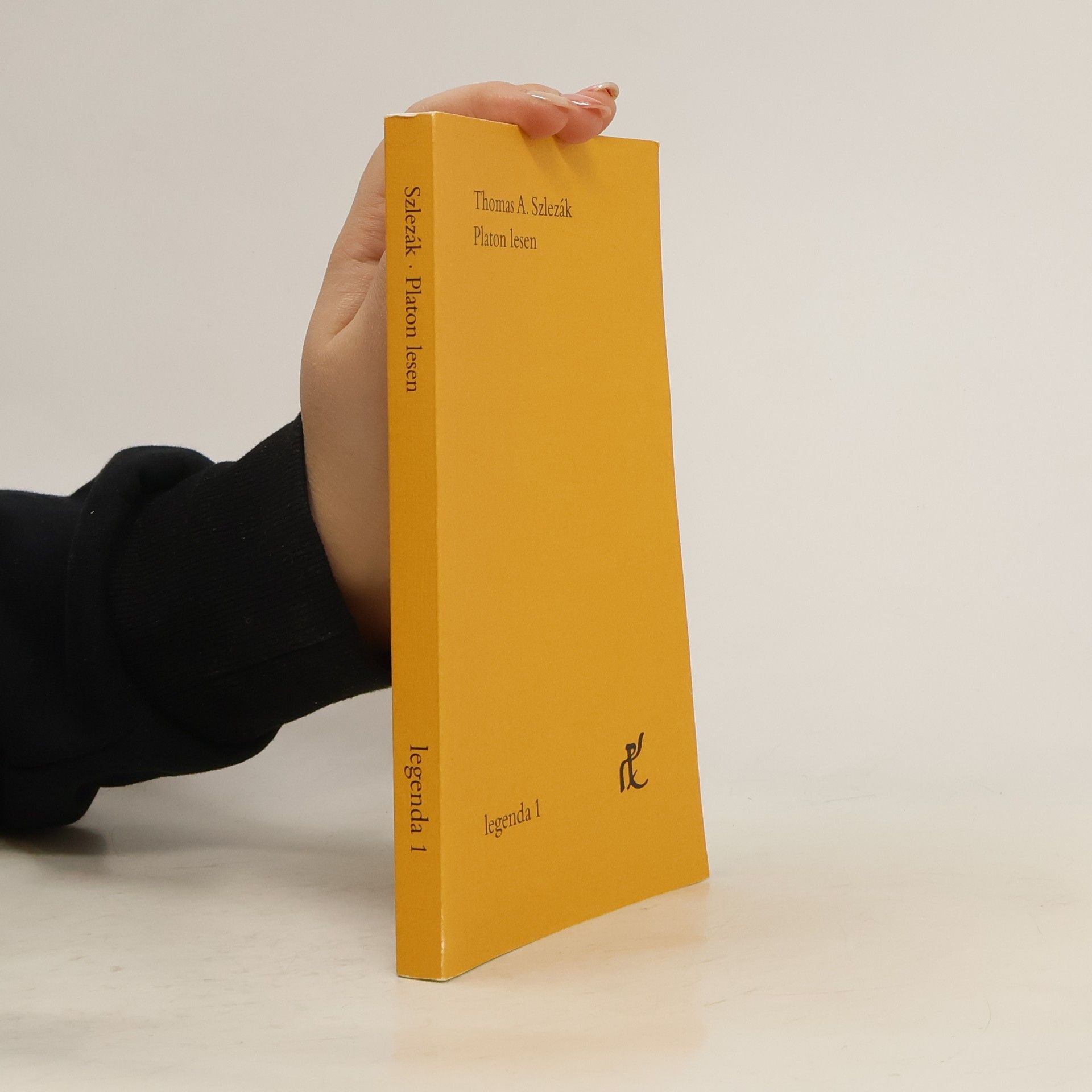100 Great Problems of Elementary Mathematics
- 416bladzijden
- 15 uur lezen
Problems that beset Archimedes, Newton, Euler, Cauchy, Gauss, Monge and other greats, ready to challenge today's would-be problem solvers. Among them: How is a sundial constructed? How can you calculate the logarithm of a given number without the use of logarithm table? No advanced math is required. Includes 100 problems with proofs.

